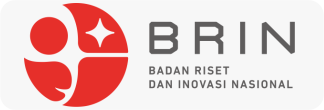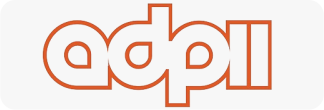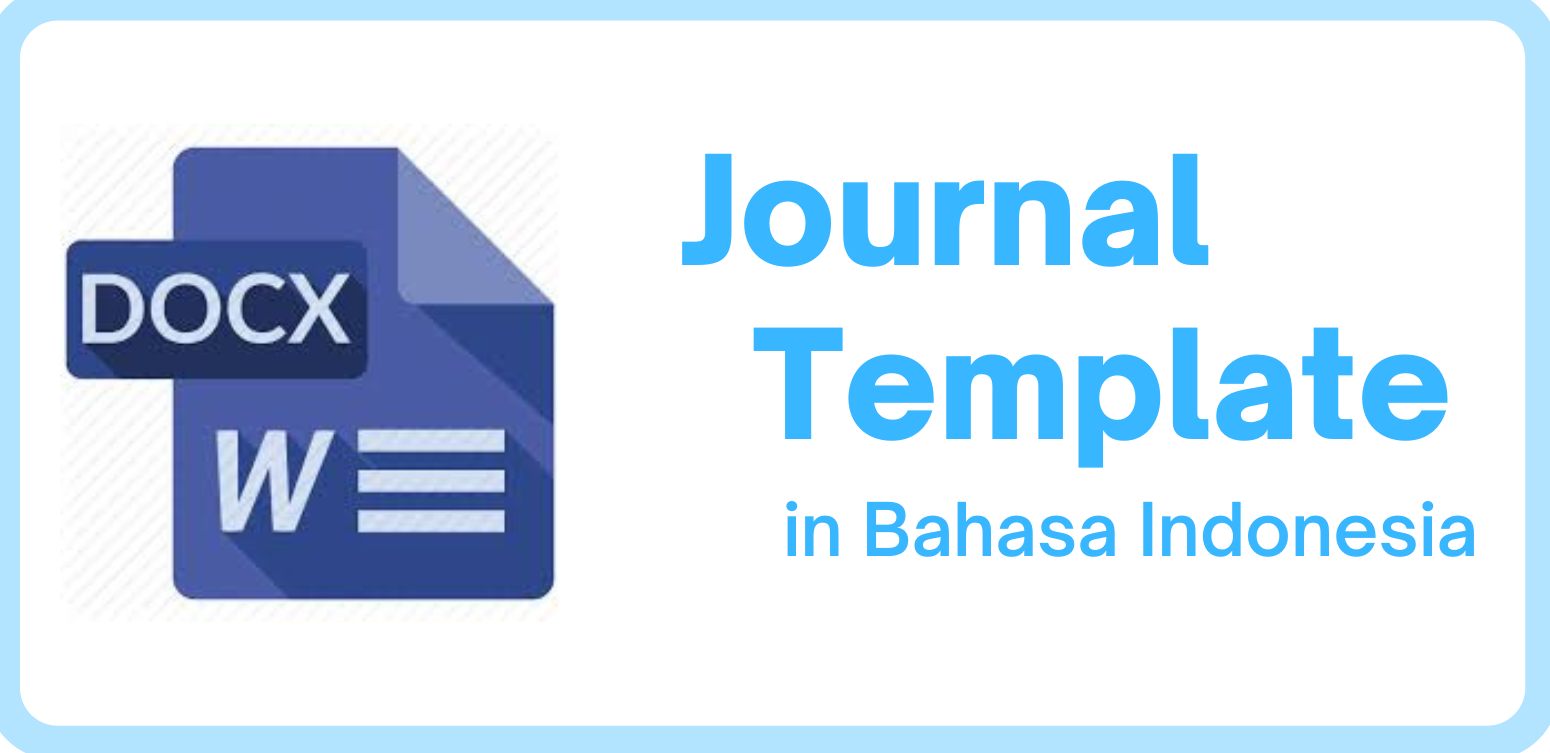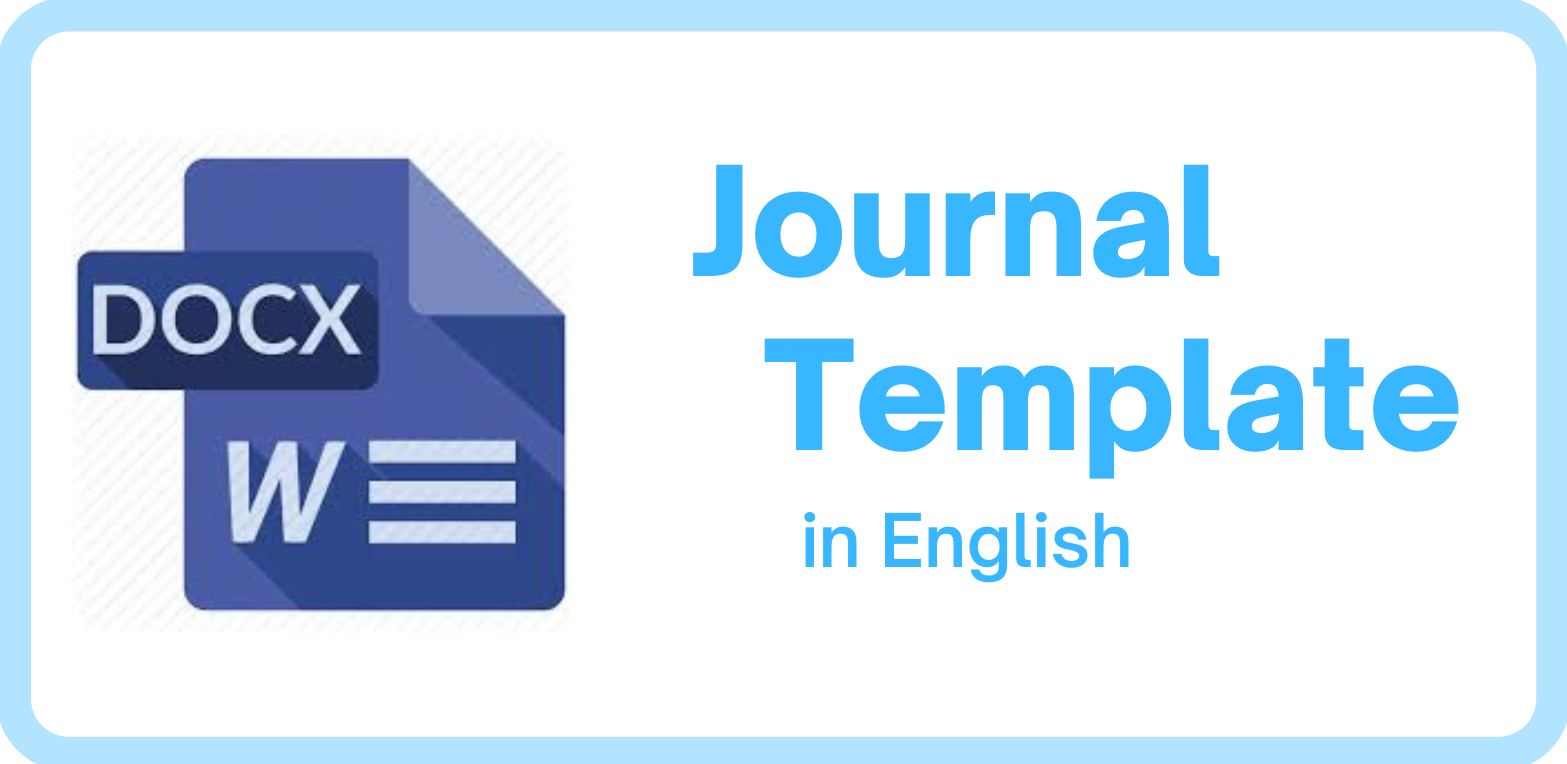Perancangan Aplikasi Masdika Untuk Pembelajaran Bahasa Jawa Krama
DOI:
https://doi.org/10.37802/candrarupa.v4i1.810Keywords:
Design, Javanese Language, Mobile Aplications, MultimediaAbstract
Joseph Errington conducted a study concluded that the use of the Javanese language since 1998 is starting to fade. The influencing factoris the rare usage of the language within the scope of family, school or work. Though the Governor of Central Java in 2014 established a regulation requiring officers of the Central Java Provincial Government to use the Javanese language every Thursday, the regulation did not work well since the Javanese language has a level of speech that is not easy to do first on the variety of manners. Therefore, it is necessary to design a mobile application that can assist in communicating using the Javanese Krama language. This design approach uses qualitative methods, interview data, observation, documentation, and literature studies. The data analysis method used the 5W + 1H then media development used the MDLC (Multimedia Development Life Cycle) method. The results of the analysis show that the mobile application media is the right medium for the target audience aged 20 to 35 years, and is expected to be able to 'teach' and 'get used to' the use of Krama Javanese.
References
U. Nadhiroh and B. W. Setyawan, “Peranan Pembelajaran Bahasa Jawa Dalam Melestarikan Budaya Jawa,” JISABDA: Jurnal Ilmiah Sastra dan Bahasa Daerah, Serta Pengajarannya, vol. 3, no. 1, pp. 1–10, Dec. 2021, Accessed: Aug. 02, 2024. [Online]. Available: https://journal.upgris.ac.id/index.php/jisabda/article/view/9223
P. Arfianingrum, “Penerapan Unggah-Ungguh Bahasa Jawa Sesuai Dengan Konteks Tingkat Tutur Budaya Jawa,” Jurnal Prakarsa Paedagogia, vol. 3, no. 2, Dec. 2020, doi: 10.24176/jpp.v3i2.6963.
M. A. Isfak and B. W. Setyawan, “Representasi Bahasa Jawa Krama sebagai Bahasa yang Melambangkan Tindak Kesopanan,” Metafora: Jurnal Pembelajaran Bahasa Dan Sastra, vol. 9, no. 2, pp. 101–107, Oct. 2022, Accessed: Aug. 02, 2024. [Online]. Available: https://jurnalnasional.ump.ac.id/index.php/METAFORA/article/view/13969
Y. A. P. Josaphat, A. N. Cahyaningrum, H. Ladifa, S. F. N. Syach, and S. W. C. Khana, “Eksistensi Bahasa Jawa Bagi Masyarakat Jawa Di Era Westernisasi Bahasa,” Titian: Jurnal Ilmu Humaniora, vol. 6, no. 1, pp. 65–71, Jun. 2022, doi: 10.22437/titian.v6i1.16046.
1meilan Arsanti and N. Setiana, “Pudarnya Pesona Bahasa Indonesia di Media Sosial (Sebuah Kajian Sosiolinguistik Penggunaan Bahasa Indonesia).”
“View of Pergeseran Penggunaan Bahasa Jawa Ke Bahasa Indonesia Dalam Komunikasi Keluarga Di Sleman.” Accessed: Aug. 02, 2024. [Online]. Available: https://journal.upy.ac.id/index.php/skripta/article/view/811/708
P. B. Isodarus, “Penggunaan Tingkat Tutur Bahasa Jawa Sebagai Representasi Relasi Kekuasaan,” Sintesis, vol. 14, no. 1, pp. 1–29, May 2020, Accessed: Aug. 03, 2024. [Online]. Available: https://e-journal.usd.ac.id/index.php/sintesis/article/view/2550
Y. Rohmawati, R. Mumtaz, I. Azzah, and J. Alfian Khusyairi, “Open access under CC BY-SA license Creative Commons Attribution-Share Alike 4.0 International License Kidung Koplo sebagai Media Pelestarian Bahasa Jawa pada Generasi Milenial Diaspora Jawa di Sumatera Selatan (Kidung Koplo as a Media for Preserving Javanese Language for the Millennial Generation of Javanese Diaspora in South Sumatera),” vol. 23, no. 2, pp. 292–305, 2023, doi: 10.20473/mozaik.v23i2.33273.
“Tampilan Strategi Pembelajaran Unggah-Ungguh Bahasa Jawa Pada Generasi Milenial Sebagai Upaya Pemertahanan Nilai Budi Pekerti.” Accessed: Aug. 03, 2024. [Online]. Available: https://jurnal.stkippgriponorogo.ac.id/index.php/DIWANGKARA/article/view/149/195
S. Edy, O. H. Hartati, D. Suparto, and M. Marzaeni, “Degradasi Penggunaan Bahasa Daerah (Jawa Krama) Dalam Interaksi Antara Orang Tua Dan Generasi Milenial Di Kota Tegal,” Jurnal Egaliter, vol. 6, no. 11, Oct. 2022, Accessed: Aug. 03, 2024. [Online]. Available: http://jurnal.unpand.ac.id/index.php/egr/article/view/1960
S. Hanyfah, G. Ryan Fernandes, I. Budiarso, and J. RayaiTengah Nomor, “Penerapan Metode Kualitatif Deskriptif Untuk Aplikasi Pengolahan Data Pelanggan Pada Car Wash,” Semnas Ristek (Seminar Nasional Riset dan Inovasi Teknologi), vol. 6, no. 1, Jan. 2022, Accessed: Aug. 03, 2024. [Online]. Available: https://proceeding.unindra.ac.id/index.php/semnasristek/article/view/5697
“View of Esensi Perbedaan Metode Kualitatif Dan Kuantitatif.” Accessed: Aug. 03, 2024. [Online]. Available: https://www.elastisitas.unram.ac.id/index.php/elastisitas/article/view/46/56
H. Narvala, G. McDonald, and I. Ounis, “Identifying chronological and coherent information threads using 5W1H questions and temporal relationships,” Inf Process Manag, vol. 60, no. 3, p. 103274, May 2023, doi: 10.1016/J.IPM.2023.103274.
P. Keselamatan, D. Kesehatan, N. Erni, and A. Syahputra Wijaya, “Kerja Mengunakan Metode Fault Tree Analysis dan 5w1h pada PT,” Homeware International Indonesia Jurnal Inovisi, vol. 13, no. 1, 2017.
R. I. Borman and Y. Purwanto, “Impelementasi Multimedia Development Life Cycle pada Pengembangan Game Edukasi Pengenalan Bahaya Sampah pada Anak,” JEPIN (Jurnal Edukasi dan Penelitian Informatika), vol. 5, no. 2, pp. 119–124, Aug. 2019, Accessed: Aug. 03, 2024. [Online]. Available: https://jurnal.untan.ac.id/index.php/jepin/article/view/25997
D. Septian, Y. Fatman, S. Nur, U. Islam, and N. Bandung, “Implementasi MDLC (Multimedia Development Life Cycle) Dalam Pembuatan Multimedia Pembelajaran Kitab Safinah Sunda,” Jurnal Computech & Bisnis, vol. 15, no. 1, pp. 15–24, 2021.
Downloads
Issue
Section
License
Copyright (c) 2025 CandraRupa : Journal of Art, Design, and Media

This work is licensed under a Creative Commons Attribution-ShareAlike 4.0 International License.

















